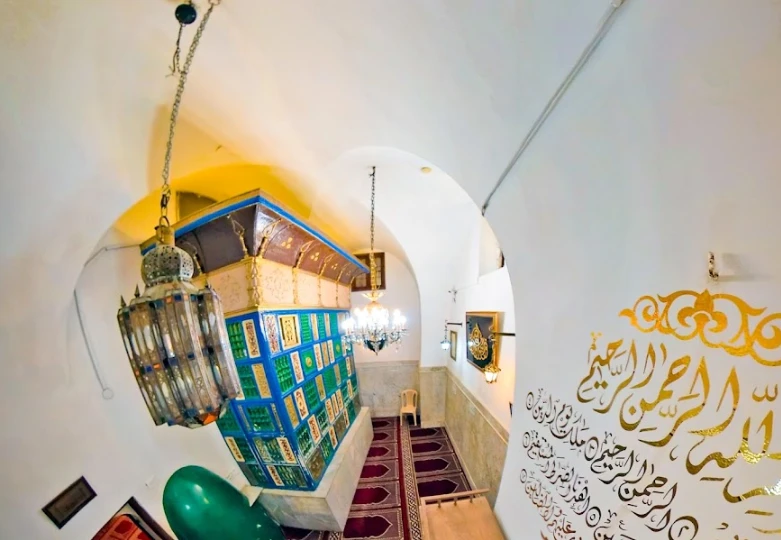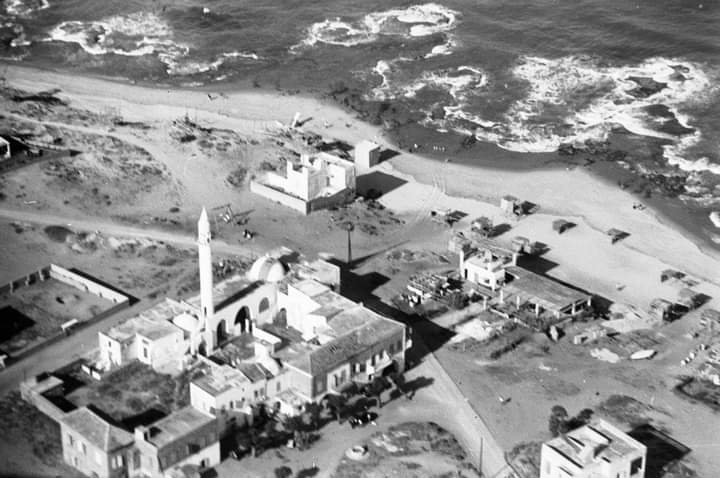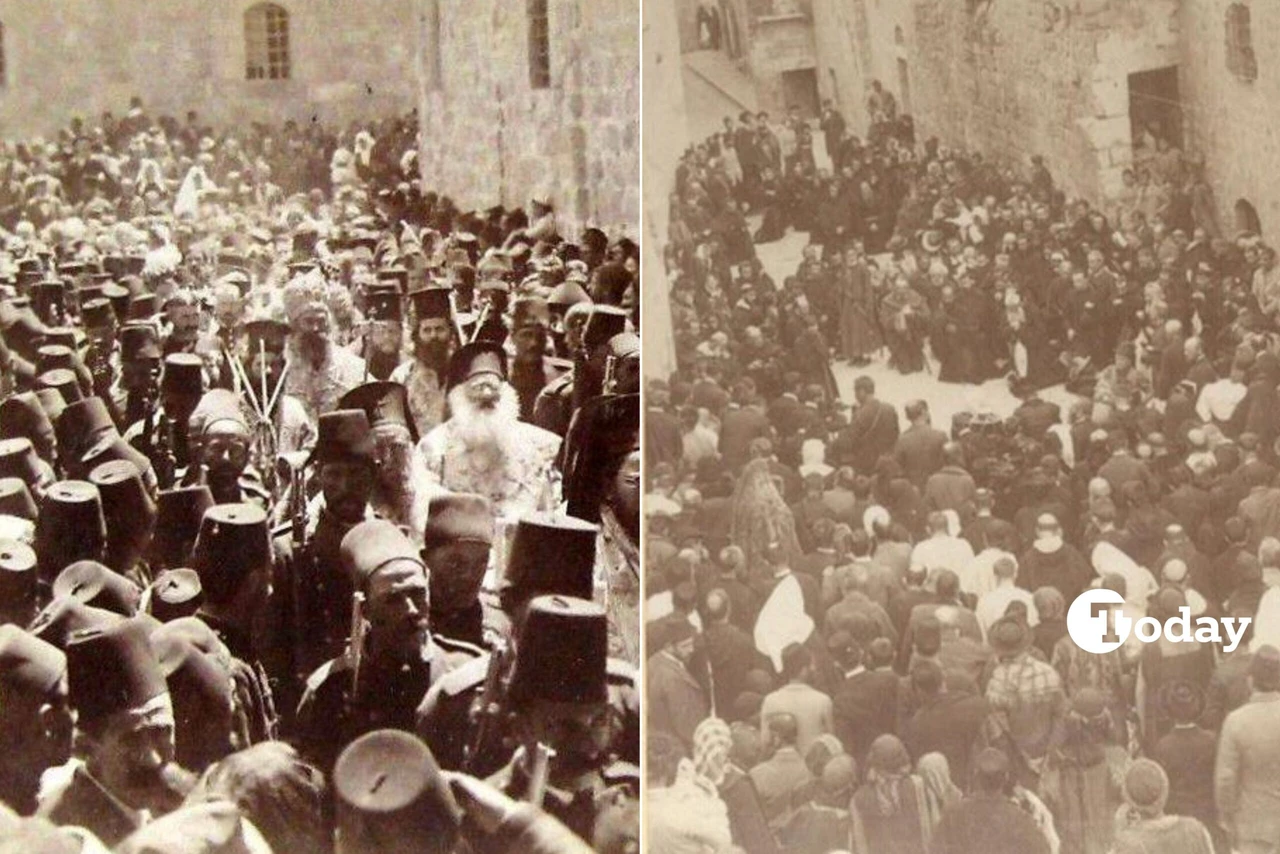Resilience amid chaos of war: Legacy of Ouzai in Lebanon under threat
 Ouzai's tomb inside the Mosque, 2020 (Photo via Wikimedia)
Ouzai's tomb inside the Mosque, 2020 (Photo via Wikimedia)
Lebanon, although linked with Shiite agendas and Hezbollah sometimes, has a historical backdrop where Sunnis have traditionally formed the majority.
Among the country’s historical treasures is the Tomb of Ouzai (Evzai), dedicated to the esteemed Islamic scholar Abdurrahman bin Amr bin Muhammed, known as Ouzai.
Born in Baalbek in 707, Ouzai is recognized as a leading figure in the Islamic scholarship of his time and has made significant contributions to Sunni jurisprudence.

In his later years, Ouzai (Evzai) settled in Beirut, focusing on teaching despite offers to take on judicial roles.
He earned significant respect in Damascus, where his teachings and legal opinions carried considerable weight.
Ouzai passed away in 774 and was buried in Hantus village, with his funeral attended by individuals from various faiths, highlighting his widespread influence across religious boundaries.
Recent attacks in Beirut, Lebanon
In recent days, Israeli airstrikes have targeted Beirut, igniting concerns about the safety of historical and religious sites.
According to the Lebanese Ministry of Health, over 700 individuals have died and approximately 2,200 have been injured since the assaults began on September 23.
The ministry also reported a total of 1,540 deaths since October 2023, along with the displacement of more than 77,000 people from southern and eastern regions.

Has Ouzai’s mosque, tomb been damaged?
Intensive airstrikes, particularly during the Friday night attacks, have caused significant damage to buildings and historical sites in southern Beirut. However, there are currently no official reports of damage to the Tomb of Ouzai.
The region also features remnants of Ottoman heritage, with structures built during the reign of Sultan Abdulhamid II (1876-1909) still standing. These include military barracks, a clock tower, and a square fountain, which may also have been affected by the bombardments.
These developments in Beirut pose serious threats not only to historical and religious structures but also to the local population.
Important sites like the Tomb of Ouzai are vital for preserving cultural heritage and symbolize the need for peace and stability in the region.



